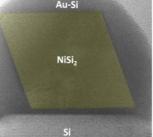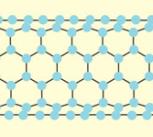Farming at nanoscale dimensions
18 March 2016Researchers from Cambridge, IBM and Lund University have discovered how tiny 'nanowires' of a widely-used semiconductor self-assemble. Dr Frances Ross of IBM Research explains how the findings could lead to a new crop of nanodevices.





